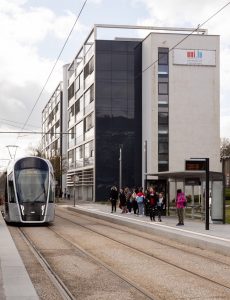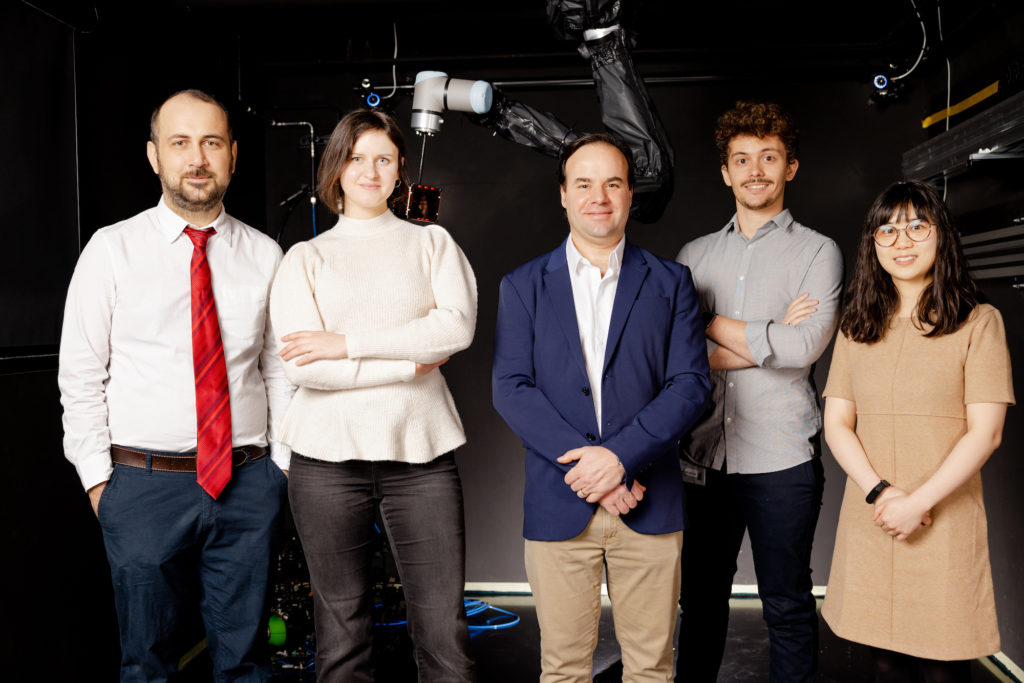Right now, as we speak, a staggering 131 million fragments of junk are orbiting our planet, travelling at a speed of 28,100 km/h, with incredibly high momentum. In fact, space debris is an environmental catastrophe whose effects are becoming increasingly dangerous. So dangerous, in fact, that the U.S. Space Force is looking into buying debris-removal services from the private sector.

The threat is not just hypothetical: recently, astronauts on the International Space Station were forced to take shelter on a transport spacecraft due to an imminent risk of collision from incoming space debris. About two weeks later, they barely dodged a fragment of an old rocket passing dangerously close by. Even tiny paint flecks can cause catastrophic damage. And space debris is not just a problem for astronauts: any fragment may hit a satellite, creating other debris and potentially causing a cascading chain reaction known as Kessler Syndrome – a phenomenon that could completely wipe out our satellite communications and services.
“The end goal is to create a framework for testing debris removal systems in our facility.”
Carol Martinez Luna, SnT Tweet

For the fast-growing market of small satellites, offering services such as high-speed internet connectivity in remote areas, extreme weather forecast, maritime and aviation tracking data, but also data for scientific research, debris is a huge problem. Eventually, it will not be possible to place spacecraft into orbit without significant risk of damage. While many ‘capture and removal’ systems have been proposed over the last decade, so far none of them have been effectively deployed.
A recent partnership agreement between SnT’s Space Robotics (SpaceR) research group, and Spacety, a global newspace company specialised in small satellites and satellite-based services, proposes to change that by studying small satellite solutions for active space debris removal. Currently, the team has received two FNR grants related to this partnership. The FNR-IF Ph.D. grant focuses on the “Design of a Capturing, Absorbing and SEcuring system for active Debris removal” (CASED). On the other hand, with the FNR-Bridges project “High-fidELity tEsting enviroNment for Active Space Debris Removal” (HELEN), the joint team is leveraging the potential of the 2D micro-gravity facility (Zero-G lab) of the University of Luxembourg to validate a CubeSat-based concept for space debris removal. The team aims to develop advanced computational methods to recreate high-fidelity, photorealistic in–orbit scenarios for testing purposes.
“We are excited to be working with Spacety on this area of research, as it has a global significance to our future in space.”
Prof. Miguel Olivares-Mendez, SnT Tweet
To do so, the project will be integrating software–in–the-loop (SIL) and hardware–in–the–loop (HIL) approaches – basically feeding laboratory data to the simulation software and vice-versa. “We will mix the capabilities of the simulation software with all the different technical capabilities of the Zero-Gravity laboratory to ensure that the system will work in a real-world environment,” says Dr. Carol Martinez Luna, research scientist at SnT. “This presents significant advantages over software-only approaches, which use virtual representations of the different components, but cannot provide confidence on the hardware behaviour,” she adds. “The end goal is to create a framework for testing debris removal systems in our facility.”
In fact, the Zero-G lab constitutes a unique on-ground experimental facility for close-to-real tests of scenarios such as satellite and other spacecraft rendezvous. The use of the lab’s advanced capabilities in the framework of this project will allow the CubeSat-based ASDR system to reach a technology readiness level of up to 6, pushing the technology to the deployment stage in a shorter period of time.

The team, formed by Martinez Luna, Barış Can Yalçın, Olga Christidi, Maxime Hubert Delisle, Xiao Li, Gonzalo Rodriguez, James Zheng, and headed by Olivares-Mendez, is currently working on the conceptual phase of the project, completing preliminary analysis and gathering initial data.
Ultimately, though, they want to “create a scalable system, one that can work on different sizes of space debris,” says Martinez. “Only when you go into the specifics of space debris, you realise the magnitude and the urgency of the problem. It’s very rewarding to do research on this topic, contribute to the findings and lay the groundwork for the possible solutions to this global challenge.”